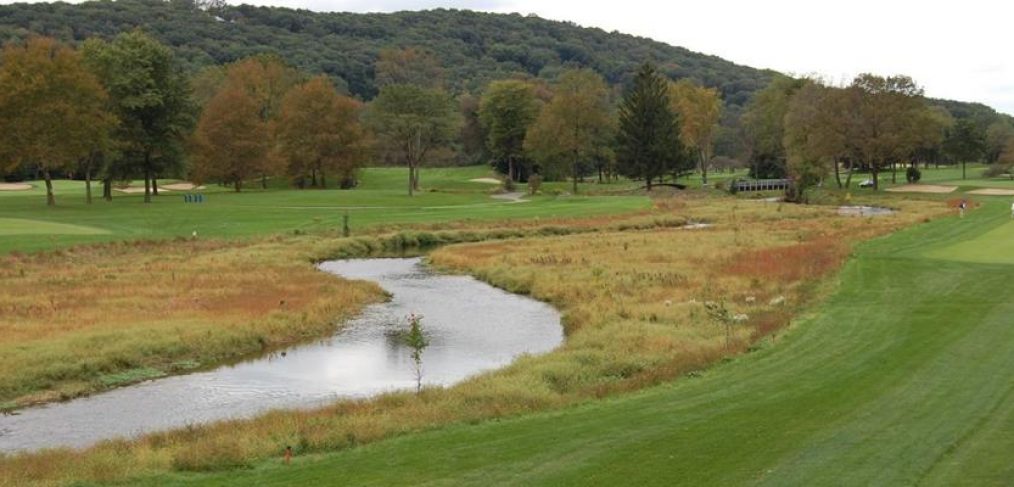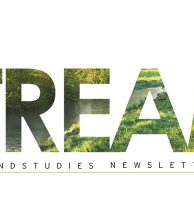
Controlling Invasive Plants in Riparian Areas
LandStudies has designed and constructed numerous floodplain restoration and riparian buffer projects over the years. Countless hours are spent making sure the site looks and functions as close to pre-European settlement conditions as possible. But sometimes there’s a hitch… even with the best of intentions, invasive plants may spoil the day.
What Are Invasive Plants?
Invasive plants are those that are non-native, grow aggressively, and can potentially crowd out native plants. These plants arrived in Pennsylvania through a variety of ways: some were intentionally planted in the landscape trade, while some had seeds that hitched a ride on someone’s shoe or in an animal’s fur. Regardless of how they got here, they are now wreaking havoc on our natural ecosystems.
For example, Japanese and giant knotweeds are common along many of our streams and rivers. These plants grow tall and dense, shading out native vegetation. This then exposes bare soil, which can easily be washed away by rain or flood waters.
Purple loosestrife, while an attractive plant when in bloom, can dominate the banks of the Susquehanna River and its tributaries, taking away habitat from native plants like cardinal flower and swamp milkweed – both good pollinator species.
How Do You Control Them?
Controlling invasive plants in riparian and wetland areas involves a few additional considerations than managing them in your backyard. For one thing, you need to consider water pollution. The use of herbicides in a wet area is trickier, because you need to make sure it doesn’t get into the water and spread to non-target plants and animals. Certain herbicides are approved for use in riparian areas – be sure to use only those that are labeled as such. And be sure to follow all directions on the label; that’s the law.
Water pollution can also happen through erosion. When walking through a riparian buffer, be sure not to kick up dirt or walk too close to the stream’s edge. Sediment pollution is a serious problem in many Pennsylvania communities and the Chesapeake Bay. Erosion can also happen when pulling out invasive plants. Be sure to minimize soil disturbance as much as possible, and consider mowing or deadheading (removing the seeds) the plant instead of pulling or digging up.
Control methods for invasive plants will vary by the site conditions, the type(s) of invasives, the skill level of the person doing the work (whether a licensed pesticide applicator, volunteer, etc.), the time of year, and resources available. Be sure to do your homework ahead of time to make the most of your control efforts and to protect the environment.
Where Can I Get More Information?
There’s a lot of great information on the internet related to invasive plant identification and control. Some of our favorites include DCNR’s Invasive Plant page, the Alliance for the Chesapeake Bay’s “Citizen’s Guide to Control of Invasive Plants in Wetland and Riparian Areas” booklet, Penn State Extension’s page, and the US Forest Service Northeastern Area page.
And if you need assistance with controlling invasives on your site, LandStudies has licensed pesticide applicators and skilled invasive management professionals on staff to help. Give us a call!



